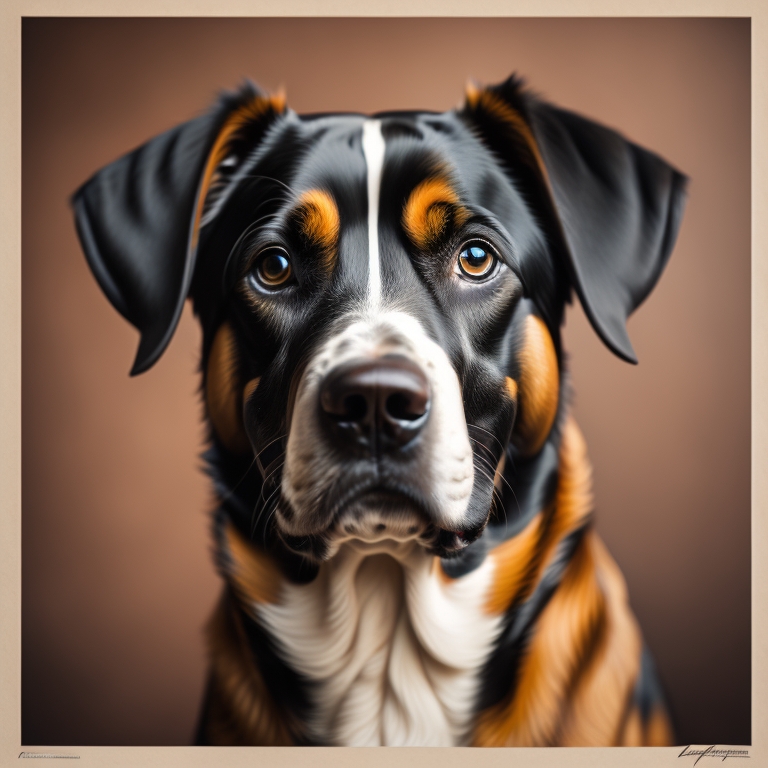Introduction:
Playtime is a crucial aspect of a dog's physical and mental well-being. Providing appropriate toys not only keeps them entertained but also helps satisfy their natural instincts. However, not all toys are created equal, and different dog breeds and sizes have varying play preferences and needs. In this comprehensive article, we will guide you through selecting the best toys for your dog, taking into account their breed characteristics and size. By understanding the importance of suitable toys and considering your dog's specific requirements, you can enhance their play experience and foster a happy and healthy bond.
The Best Toys for Different Dog Breeds and Sizes:
1. Understanding Breed Characteristics:
Each dog breed has unique traits and tendencies that influence their play preferences. Research your dog's breed characteristics to gain insight into their natural instincts. For example, herding breeds may enjoy toys that engage their chasing and retrieving instincts, while terriers may prefer toys that encourage digging and problem-solving.
2. Toys for Small Breeds:
Small breeds require toys that are appropriately sized for their mouths and easy to carry. Look for toys like plush toys, small balls, or puzzle toys specifically designed for small dogs. Opt for durable materials to withstand their chewing habits.
3. Toys for Medium Breeds:
Medium-sized dogs benefit from toys that offer a balance between durability and size. Consider toys like rubber balls, interactive toys, or treat-dispensing toys that provide mental stimulation and satisfy their energy levels.
4. Toys for Large Breeds:
Large breeds require sturdy toys that can withstand their strength and power. Look for durable chew toys made of tough materials like rubber or nylon. Rope toys and interactive toys that promote physical activity and mental stimulation are also great options.
5. Toys for Active Breeds:
Active breeds, such as sporting or working breeds, thrive on toys that encourage physical exercise and mental challenges. Consider toys like flying discs, agility equipment, or puzzle toys that engage their natural instincts and energy.
6. Interactive Toys for Intelligent Breeds:
Intelligent breeds require mentally stimulating toys to prevent boredom and destructive behavior. Look for puzzle toys, treat-dispensing toys, or interactive games that require problem-solving and keep their minds engaged.
FAQ: The Best Toys for Different Dog Breeds and Sizes
Q: Are squeaky toys safe for all dogs?
A: Squeaky toys can be enjoyed by many dogs, but it's important to monitor your dog's play with these toys. Some dogs may become fixated on removing the squeaker, which can pose a choking hazard. Use squeaky toys under supervision and replace them if they become damaged.
Q: What types of toys should I avoid for aggressive chewers?
A: Aggressive chewers require toys specifically designed for durability and strength. Avoid soft or plush toys that can be easily torn apart. Look for sturdy chew toys made of tough materials like rubber or nylon that can withstand strong chewing.
Q: Are rope toys safe for all dogs?
A: Rope toys can be a fun and interactive option, but it's important to choose a high-quality rope toy specifically designed for dogs. Monitor your dog's play to prevent them from ingesting rope fibers, which can cause gastrointestinal issues. Replace damaged or frayed rope toys promptly.
Q: Should I rotate my dog's toys?
A: Yes, rotating your dog's toys helps keep their playtime exciting and prevents boredom. Introduce new toys periodically while keeping a few favorites available. This way, your dog will always have something new and engaging to play with.
Conclusion:
Choosing the right toys for your dog's breed and size is essential for stimulating their natural instincts, promoting physical activity, and providing mental stimulation. By considering breed characteristics, selecting toys appropriate for their size and activity level, and prioritizing durability and safety, you can create a rewarding and enjoyable playtime experience for your furry friend. Regularly assess and replace damaged toys to ensure your dog's safety and continue to foster their physical and mental well-being through play.


